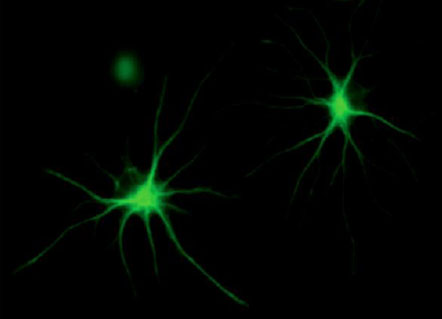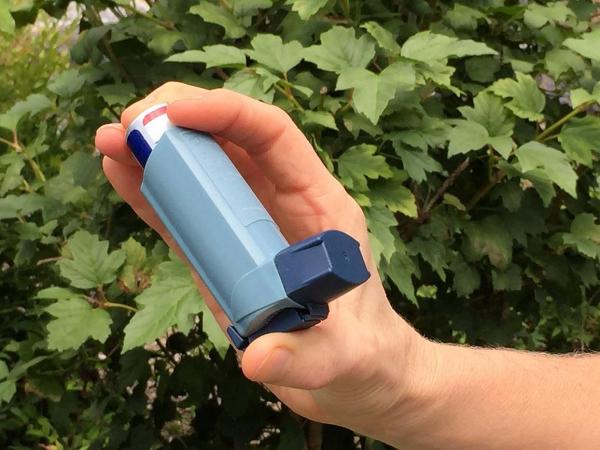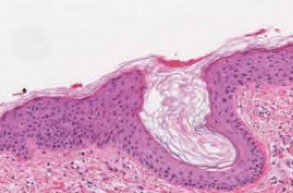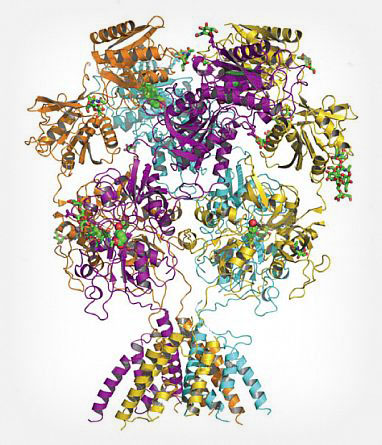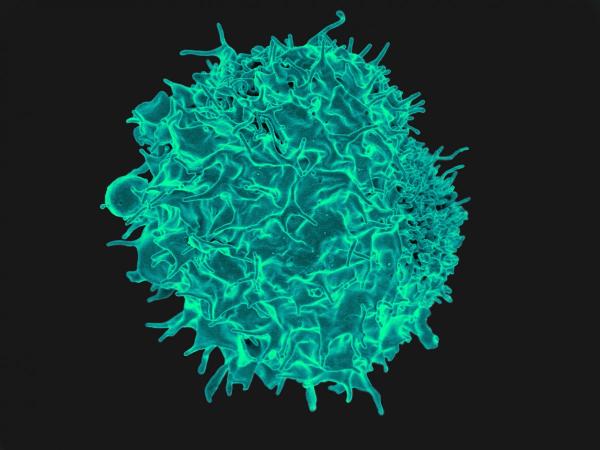Star-Shaped Brain Cells May Contribute to Marijuana Addiction
The recent spate of state laws legalizing marijuana for medical or recreational purposes has prompted concerns that increased marijuana use will boost the number of people who become dependent on and abuse the drug, a condition known as cannabis use disorder (CUD). Treating the growing number of patients with CUD will require a greater understanding of how chronic marijuana use can lead to addiction. New IRP research has revealed that star-shaped brain cells called astrocytes may play a role in the pleasurable effects of marijuana and contribute to the drug’s addictive properties.

